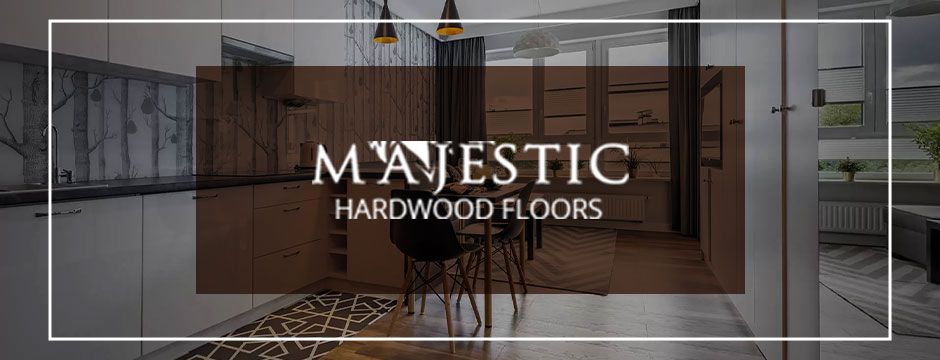Choosing the Right Underlayment for Engineered Wood Flooring Installation

Installing engineered wood flooring involves several important considerations, and one crucial aspect is selecting the appropriate underlayment. The right underlayment enhances the performance, durability, and comfort of the flooring. In this article, we will explore the significance of underlayment in engineered wood flooring installation and provide valuable insights to help you choose the right underlayment for your project.

Understanding the Purpose of Underlayment
Underlayment serves several essential functions in engineered wood flooring installation. Firstly, it provides cushioning, which helps absorb impact and enhances the comfort underfoot. Additionally, underlayment acts as a sound barrier, reducing noise transmission between floors. Moreover, underlayment provides moisture protection, preventing moisture-related issues that could damage the flooring. Lastly, underlayment offers thermal insulation, helping to maintain a comfortable indoor temperature. Understanding these functions highlights the importance of selecting the right underlayment for your engineered wood flooring.
Considerations for Underlayment Selection
Several factors should be considered when installing engineered hardwood flooring and choosing underlayment. Subfloor conditions play a significant role, as different underlayments are suitable for different subfloor types, such as concrete or plywood. Additionally, moisture levels in the subfloor should be evaluated, as certain underlayments offer superior moisture protection. Soundproofing requirements should also be taken into account, especially in multi-level buildings. Furthermore, underlayment compatibility with the specific type of engineered wood flooring being installed is essential to ensure optimal performance and avoid potential issues. Lastly, considering the impact of underlayment on the warranty and performance characteristics of the engineered hardwood flooring is crucial.
Types of Underlayment Materials
Several types of underlayment materials are commonly used for engineered wood flooring. Foam underlayment is popular due to its excellent cushioning properties and sound reduction capabilities. Cork underlayment is known for its natural moisture resistance and thermal insulation qualities. Rubber underlayment offers superior impact and sound absorption, making it an ideal choice for noise reduction. Each material has its own benefits and considerations, and selecting the most suitable one depends on your specific needs and preferences.
Moisture Protection and Vapor Barriers
Moisture protection is a critical aspect of engineered wood flooring installation, as excessive moisture can damage the flooring over time. Vapor barriers and moisture-resistant underlayments play a vital role in preventing moisture-related problems. Vapor barriers, such as polyethylene sheets or moisture-blocking underlayments, act as a barrier against moisture from the subfloor. Proper moisture testing and subfloor preparation are also essential steps to minimize the risk of moisture issues.
Soundproofing Considerations
Noise transmission can significantly impact the comfort and livability of a space, particularly in multi-story buildings. Underlayment plays a crucial role in reducing both impact noise (footsteps, dropped objects) and airborne sound (voices, music). Soundproof underlayments, such as cork or rubber, are specifically designed to minimize noise transmission. When selecting underlayment for soundproofing purposes, considering sound transmission class (STC) and impact insulation class (IIC) ratings is important.

Manufacturer Recommendations and Warranty
Following manufacturer recommendations regarding underlayment selection is crucial to ensure the longevity and performance of your engineered wood flooring. Manufacturers often provide specific guidelines regarding the type and characteristics of underlayment suitable for their flooring products. Moreover, using the recommended underlayment can help maintain warranty coverage for the flooring. Consulting the manufacturer’s guidelines and specifications is highly recommended to make an informed decision.
Conclusion
Choosing the right underlayment for engineered wood flooring installation is essential for achieving a successful and long-lasting result. Understanding the purpose of underlayment, considering various factors such as subfloor conditions, moisture protection, and soundproofing requirements, and exploring different underlayment materials are crucial steps. Additionally, paying attention to manufacturer recommendations and warranty guidelines ensures the best outcome for your flooring project. By selecting the appropriate underlayment, you can enhance the performance, durability, and comfort of your engineered floor installation, providing a beautiful and enjoyable space for years to come.
Want to find out more? Visit us at Majestic Hardwood Floors!


